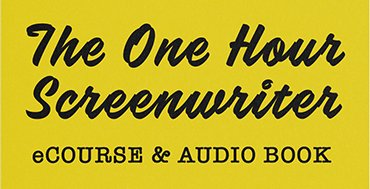Fear and How to Use It


Force your character to risk everything in facing his or her fear. Unless your character faces the fear or secret shame, your character will never be free. Your character will constantly be forced to cling the mask and seek its “protection.” A character that hides a secret shame will never be able to live a truly authentic life. As long as that fear and shame is lurking in the background the character will always be its slave.
![]()
![]()
Your character’s fear is your most important emotional tool as a writer. Anytime you get in trouble in a scene, a sequence or an act— go right to your character’s fear. How does this constant underlying static of anxiety or worry operate in the dramatic or comedic action of the story? Bring the character’s fear to the surface in every scene, every sequence and every act. Take every opportunity to make the character’s physical and emotional situation and entanglements play off the fear and magnify it.
Make fear wreak havoc with the character internally. Find a way to demonstrate this conflict externally through the character’s actions. Make the worst thing that could possibly happen to the character take place on successively deeper and more risky personal levels. Then show us what the character does in response. Remember: It is through action that a person’s true character is revealed.
Fear isn’t just a prime motivator of protagonists. When antagonists do evil deeds they are most often motivated by fear. Giving the audience an glimpse of the antagonist’s fear humanizes him or her and makes this character a more complex and fully realized individual.
The above is an excerpt from The One Hour Screenwriter eBook.




Create a visual map for a character’s emotional journey. Pull stories from character rather from rote story structure beats. Some of the largest international media companies, use this in story and character development.


A clear concise guide for writers and producers to have by their side as they embark on a project. It gives a really vital reminder of what is key for story success.

No comment yet, add your voice below!